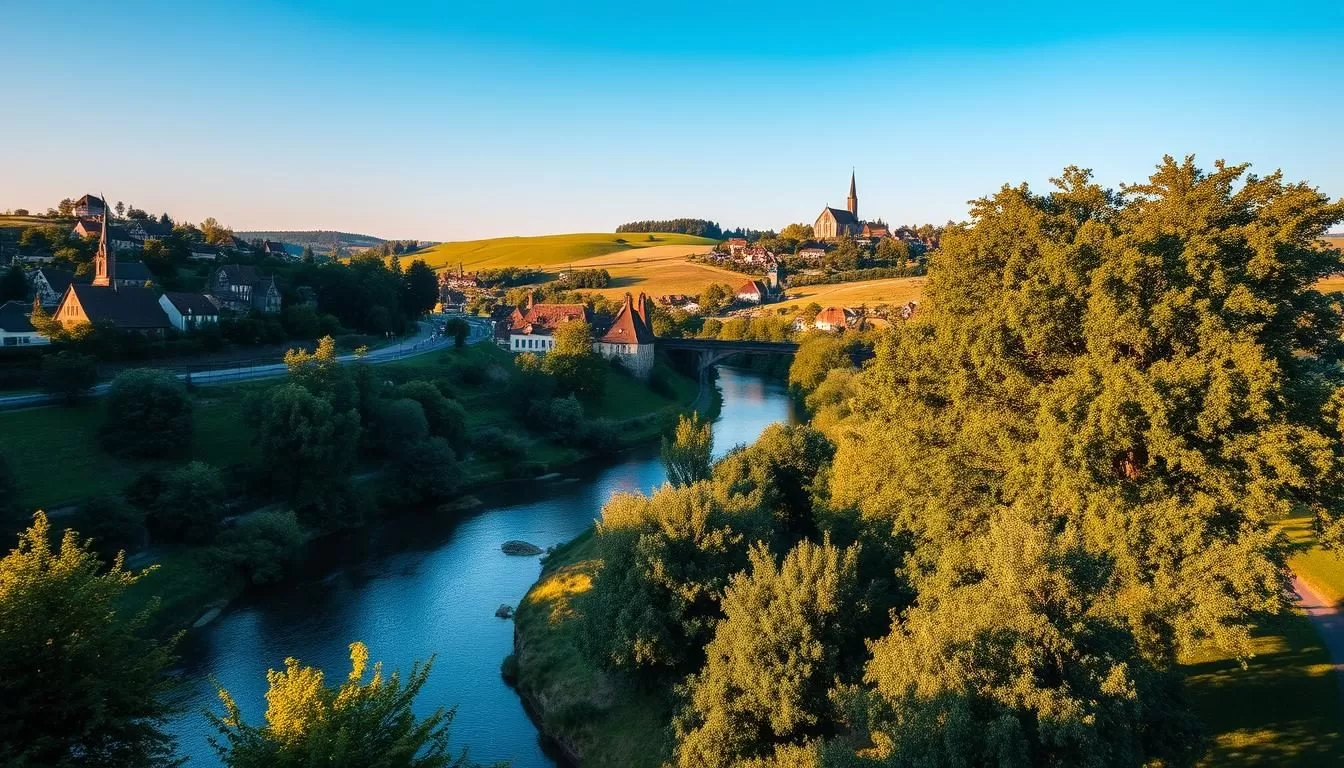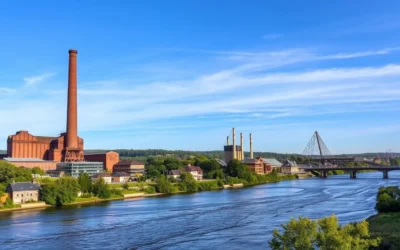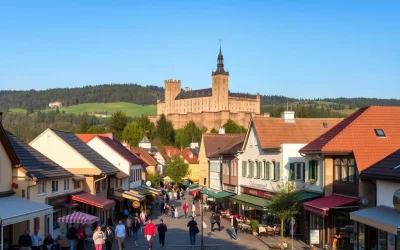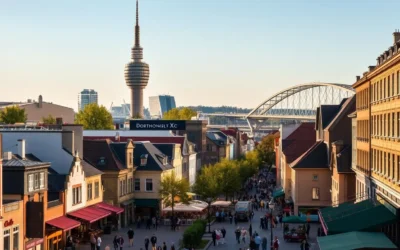✓ Accommodations✓ Flights✓ Rental Cars
Nestled in the southwestern part of the federal republic Germany, Saarland is a small yet vibrant state. It shares borders with France and Luxembourg, making it a fascinating region where cultures and traditions intersect. The capital, Saarbrücken, is a hub of activity, while the area’s lush forested hills and the scenic Saar River valley add to its charm.
With a population of over 1 million, this state is known for its rich history and cultural diversity. The language system here reflects a unique blend of French and German influences, shaped by centuries of shared history. This mix of modernity and tradition makes Saarland a standout in the federal republic.
Whether you’re exploring its historical roots or its contemporary vibe, Saarland offers a glimpse into a world where cultures coexist harmoniously. Dive in to discover more about this fascinating region and its multilingual landscape.
Understanding Saarland’s Linguistic Landscape
Languages here tell stories of history, culture, and connection. In this region, the official language is Standard German, used in schools, media, and government. Yet, the area’s linguistic identity goes far beyond this.
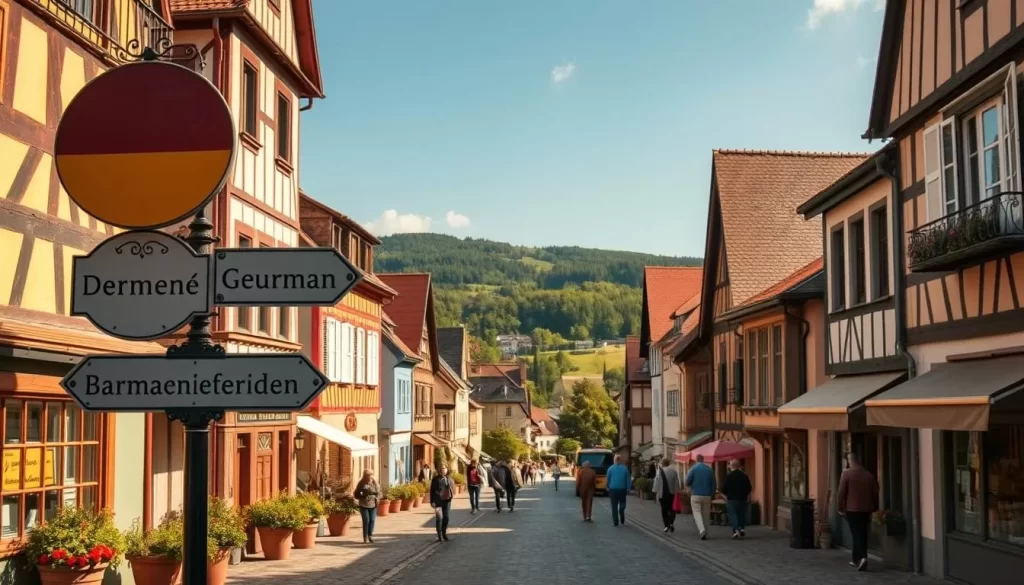
Official Language and German Dialects
Standard German unites the state, but local dialects add unique flavors. Moselle Franconian, for example, is widely spoken in the west. These dialects reflect centuries of history and cultural exchange.
In the north, central, and southern parts of the country, dialects vary significantly. This diversity highlights the region’s rich heritage. It’s a reminder of how language shapes identity.
Regional and Minority Languages Overview
Beyond German, minority languages like Danish, Frisian, and Sorbian have official recognition. These tongues are cherished as part of the federal republic Germany’s cultural mosaic.
Modern immigration has also introduced languages such as Turkish and Arabic. With over 12 percent of the population being foreign-born, this mix enriches the area’s linguistic tapestry.
“Language is the road map of a culture. It tells you where its people come from and where they are going.”
This blend of traditional and modern influences strengthens cultural ties, both locally and across borders. It’s a testament to the power of language to connect and inspire.
Saarland, Germany: Official and widely spoken languages – A Historical Perspective
Over centuries, shifting borders have shaped the language landscape here. This region has experienced numerous changes in governance, each leaving its mark on the way people communicate. From French control to integration into the federal republic, these events have created a unique linguistic identity.
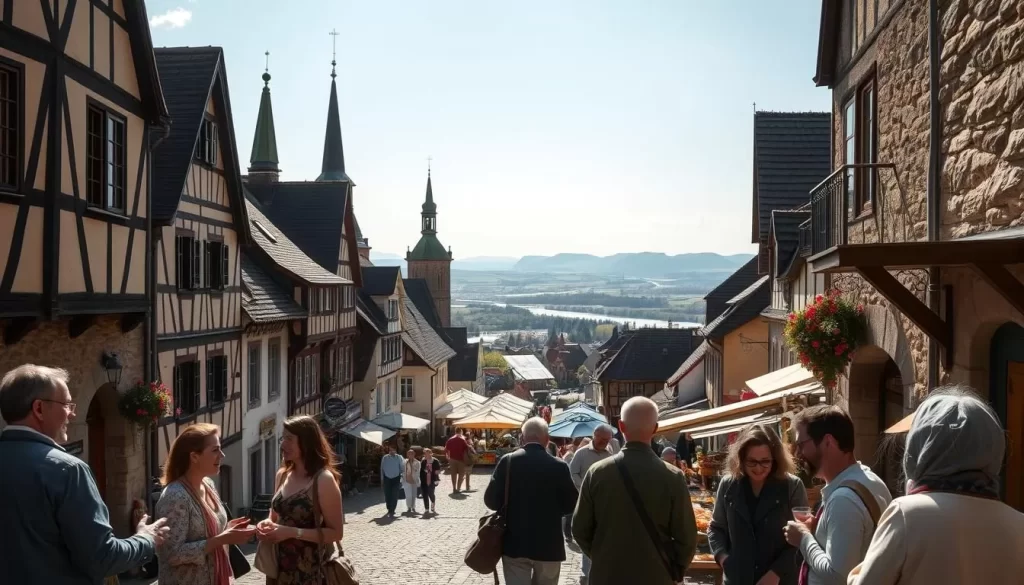
Historical Influences and Shifting Borders
The area’s history is a tale of cultural exchange. French occupation in the 17th and 18th centuries introduced new words and phrases. Later, Prussian rule brought Standard German to the forefront. These shifts in control influenced the adoption and adaptation of language.
Plebiscites and referendums played a key role in determining the region’s national affiliation. For example, in 1935, over 90% of the population voted to return to the federal republic. This decision reinforced the dominance of German while preserving French influences.
Cultural Heritage and Identity in Language
Industrial growth in the 19th century attracted migrants from other parts of the country. This influx added new dialects and expressions to the mix. Today, the region’s language practices reflect this rich heritage.
Historical events continue to shape the modern language environment. For instance, French remains a significant influence in business and education. This blend of traditions and influences makes the area a fascinating case study in linguistic diversity.
| Year | Event | Impact on Language |
|---|---|---|
| 17th-18th Century | French Occupation | Introduction of French words and phrases |
| 1935 | Plebiscite | Reinforcement of German as the dominant language |
| 1957 | Integration into Federal Republic | Standardization of German with preserved French influences |
Exploring this layered history helps you appreciate how language evolves. It’s a reminder that every word tells a story of connection and change.
Multilingual Initiatives and Economic Opportunities in Saarland
The power of language extends beyond communication—it shapes economies and cultures. In this state, efforts to promote multilingualism are creating new opportunities for growth and connection. From education to business, these initiatives are transforming the area into a hub of innovation.
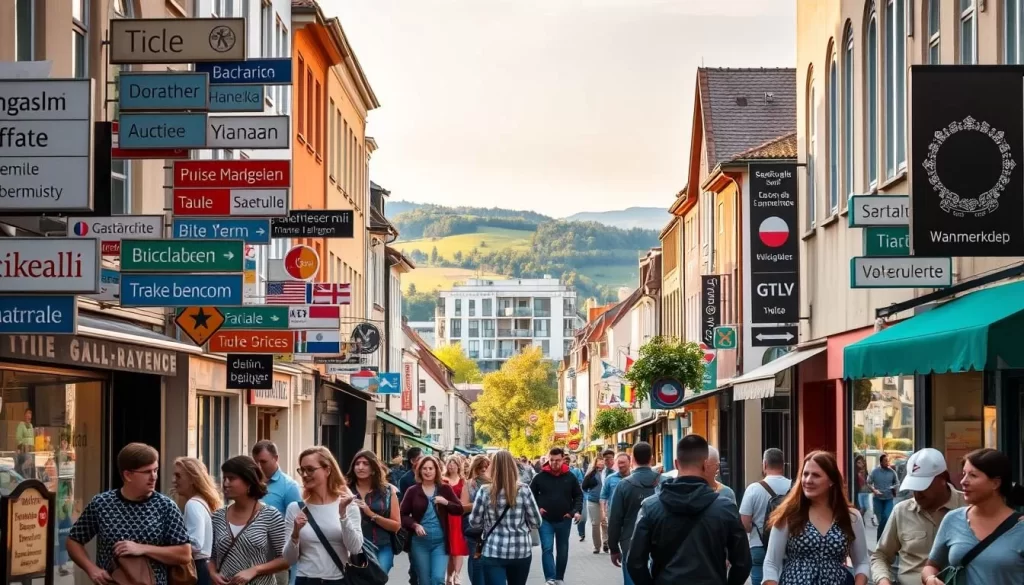
Bilingual Education and Early Language Learning
Bilingual education is a cornerstone of the federal state’s strategy. Schools like the Deutsch-Französisches Gymnasium and Schengen Grammar School offer programs that start as early as nursery. These programs help students master both German and French, preparing them for a globalized world.
Early language learning has proven benefits. Studies show that children who learn multiple languages develop better cognitive skills. This advantage extends into their careers, where bilingualism is increasingly valued.
French Influence and Business Partnerships
French companies play a significant role in the state’s economy. Over 100 French businesses operate here, providing thousands of jobs. These partnerships strengthen cross-border ties and create a dynamic business environment.
Institutions like the German-French University are fostering collaboration. They offer bilingual degrees that prepare students for careers in both countries. This focus on language skills enhances employability and opens doors to international opportunities.
“Multilingualism is not just a skill; it’s a competitive advantage in today’s global economy.”
For more on how cross-border cooperation shapes this area, explore The Greater Region. This initiative highlights the benefits of multilingualism in fostering economic and cultural exchange.
Conclusion
The state’s unique linguistic landscape reflects its rich history and cultural diversity. Over the years, shifting borders and influences have shaped its language system. Today, this blend of traditions and modern initiatives creates a dynamic environment.
Bilingual education and economic partnerships play a key role in promoting multilingualism. These efforts not only strengthen cultural ties but also open doors to new opportunities. For you, understanding this area’s linguistic identity offers insight into how language shapes culture and growth.
This state’s journey from a single-language territory to a multilingual hub highlights its adaptability. Its population benefits from a robust education system and cross-border collaborations. This approach fosters innovation and connection.
Exploring this region’s linguistic heritage reveals the power of language to unite and inspire. Dive deeper into its cultural and economic dynamism to appreciate its unique identity. Discover how every word tells a story of connection and change.
The above is subject to change.
Check back often to TRAVEL.COM for the latest travel tips and deals.
